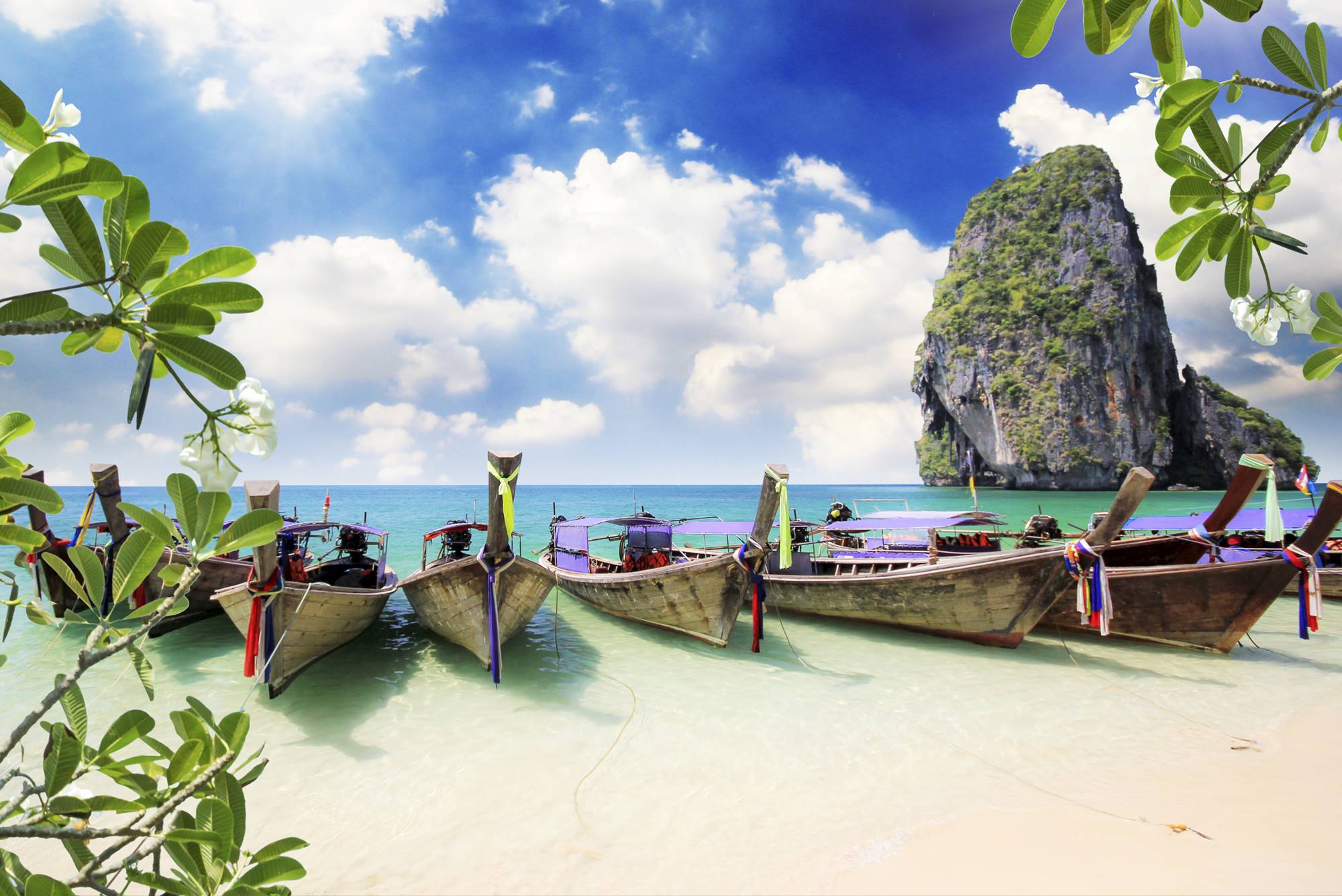
The Complex of Hue Monuments is a UNESCO World Heritage Site and is located in the city of Hue in central Vietnam. Hue was founded as the Vietnam capital city by Gia Long, the first king of the Nguyen Dynasty in 1802. It held this position for nine Nguyen dynasties until 1945. The massive complex features hundreds of monuments and ruins, such as the Forbidden Purple City, once the residence of the royal family and badly damaged during the Vietnam War, the Imperial City, royal tombs, flag tower, pagodas, temples, a library and museum.
Hue, located on the banks of the Huong River, (aka the Perfume River) is about three hours north of Da Nang. Among the most impressive monuments in this former grand imperial capital are the Ngo Mon Gate of the imperial city which once was exclusively used by the royal family and their eunuch servants, the tomb of Emperor Minh Mang as well as the tomb of Emperor Tu Duc. In fact many of the monuments surrounding the royal buildings were constructed in the early 19th century and were modeled after Beijing’s Forbidden City. The wall that surrounds the citadel is six metres high and two-and-a-half kilometres long. The historical complex is known not only for its rich architecture but also for beautiful landscaping. Overall, the site is quite stunning. Avoid Hue between October and December as it gets most of its rain from the northeast monsoon during that period. This small city is also famous for its Imperial-style cuisine. Don’t miss it.
Bus schedule
Include: Transfer from Da Nang to Hue city (round trip)
Exclude: Meal, Hue Entrance fees, Personal fee, pick up at resort area.